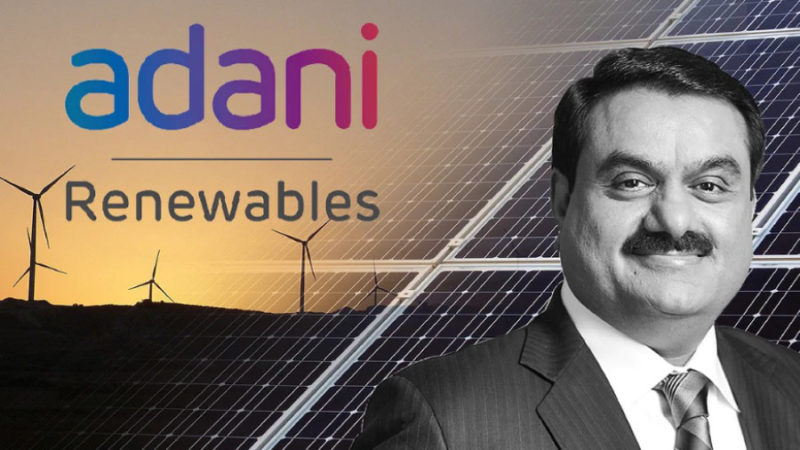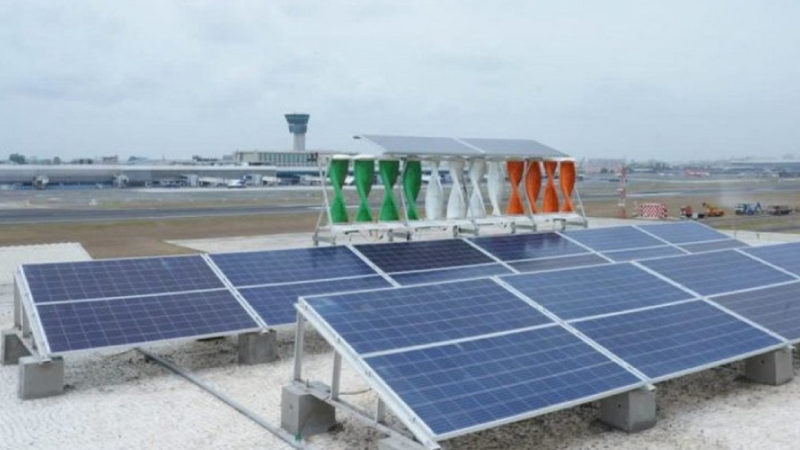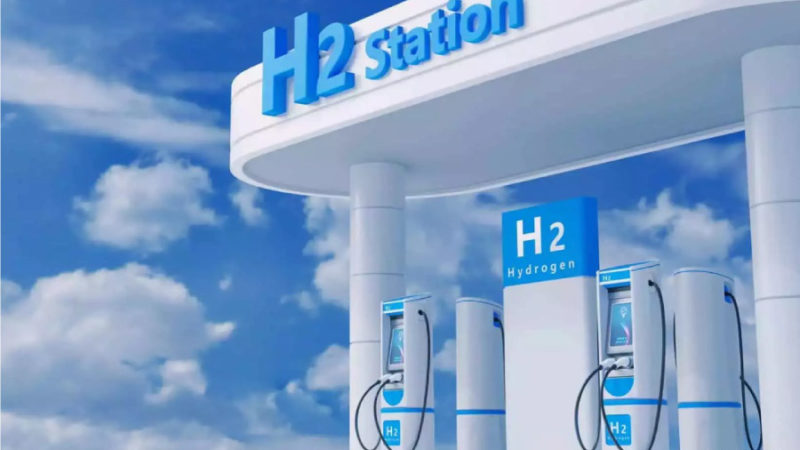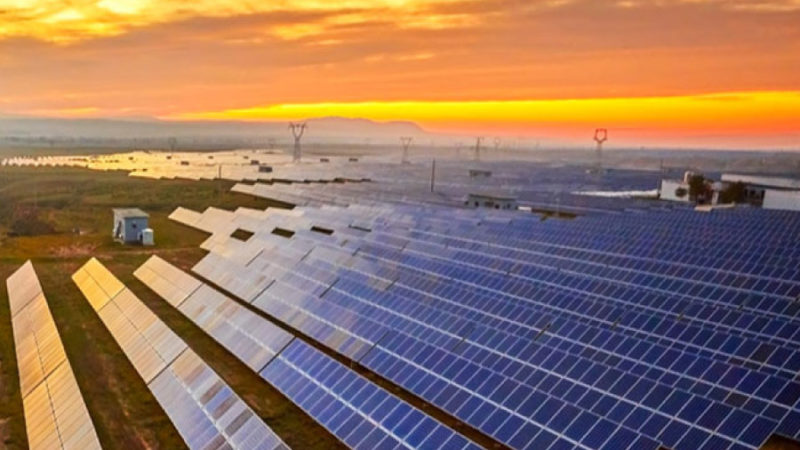Crisil projects solar module production capacity to grow 400% by FY25
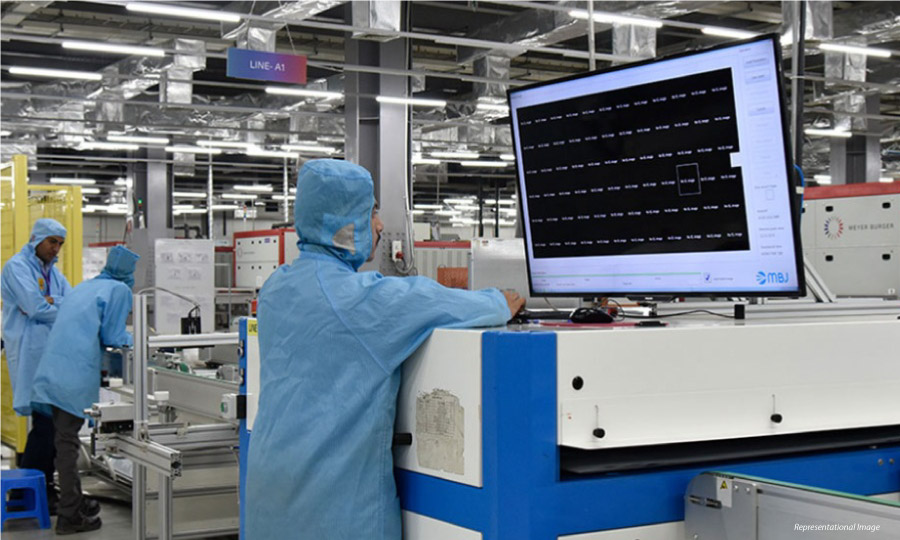
According to Crisil, India’s solar module manufacturing capacity is expected to increase by 400 per cent by fiscal 2025 as compared to fiscal 2021.
As compared with fiscal 2021, India’s solar module manufacturing capacity is expected to rise by almost 400 percent by fiscal 2025, according to ratings agency Crisil.
Strong demand, favourable policies, likely improvement in energy efficiency, and price competitiveness will keep the trend going.
With policy measures supporting domestic manufacturers, their competitiveness relative to the Chinese is expected to improve.
According to Crisil, the imposition of a 40 per cent duty on imported modules and the production-linked incentive scheme’s benefits will not only eliminate the existing price gap, but also make domestic modules competitive by 2-3 cents per watt at current prices.
In addition to these supply-side interventions, growing demand can be attributed to the government’s increased emphasis on renewables, as well as the private sector’s increased awareness of environmental, social, and governance, or ESG, standards.
As a result, India’s solar capacity implementation is expected to reach 14 GW per year between fiscals 2022 and 2024, and to reach even higher levels given aggressive renewable energy plans. Cells and modules will be in greater demand as a result of this plan, according to the agency.
Aside from price competitiveness, developers may prefer domestic modules because they can control the supply chain and ensure timely deliveries compared to imports. Furthermore, it will reduce risks associated with surging freight costs seen in recent years.
Director, Crisil Ratings, Aditya Jhaver, said, “By fiscal 2025, we estimate Rs 50,000 crore of investments across the value chain for capacity building.”
He further noted that module and cell manufacturing capacities are expected to grow 30-35 GW each, and we might also see backward-integration into polysilicon and wafer capacities under the PLI scheme.
Source: IANS
Connect with Power Insight: Facebook | LinkedIn | Twitter


